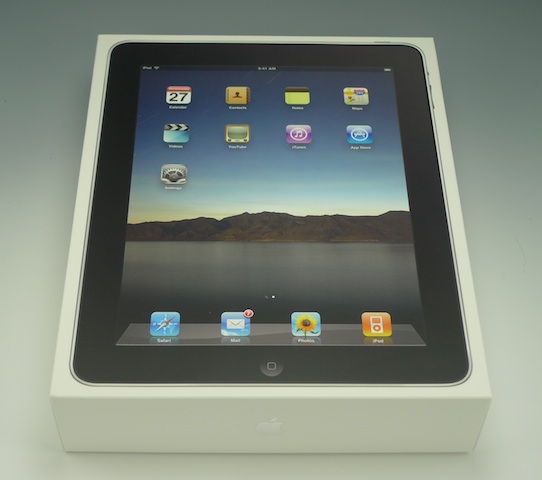Microsoft's six-pack OS strategy: Missing the Apple iPad curve

Microsoft has a six-pack of lightweight operating systems, but still lacks anything that can answer Apple's iPad. The approach---various flavors of mobile and embedded operating systems---is in keeping with Microsoft culture, but that just won't cut it if the software giant is going to compete with Apple.
Mary Jo Foley on Thursday deciphered Microsoft's lightweight operating system strategy. In a nutshell, you have Windows Mobile 6.x, which is about to die, Windows Phone 7, Windows Embedded Standard 7, Windows Embedded Compact 7 and then Windows 7 for tablet PCs and netbooks.
To its credit, Microsoft is working to consolidate platforms and the development tools behind them. The problem is that Microsoft is resembling a large enterprise that has 10,000 internal applications. You whittle those applications down and you still have too many. Meanwhile, more nimble players eat your lunch.
Also: Alleged iPad killers 'even further behind Apple' than thought, All iPad coverage, all Windows Phone 7, Apple at the 2 million iPad mark: Rivals swamped by platform, Gallery: Useful apps for the iPad
In a nutshell, Microsoft-powered iPad killers won't appear until 2011---and even then you have to assume the software and hardware gel on the first go round (good luck with that).
After looking through Microsoft's master mobile plan you're left to conclude the following:
- Microsoft is in danger of missing the iPad/slate curve just like it did the last turn in the smartphone market.
- Apple's lead in the tablet market is solidified for probably at least a year.
- There's a massive opening for Google's Android to fill the breach and give Apple a run. Of course, Android's success will also depend on whether the hardware and software can gel into a comprehensive unit right out of the gate.
Of those three outcomes, the only certainty is Apple's lead with the iPad. Unfortunately for Microsoft, door No. 1 looks pretty certain too.